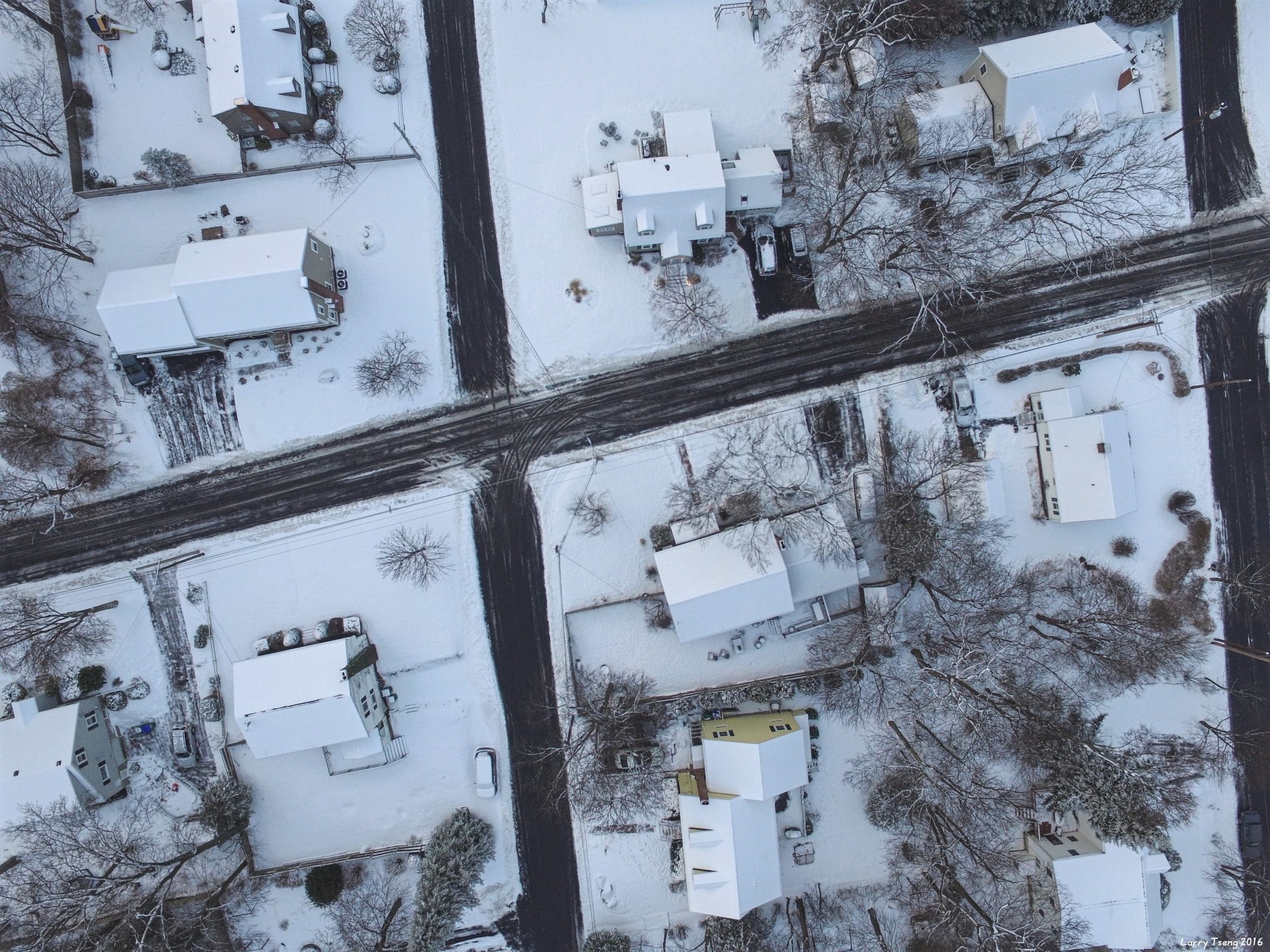
Sitting in his kitchen with a ballpoint pen and a small coiled notebook, Walter considers his expenses. With December looming around the corner, he laments the fact that his furnace, after all these years, has chosen to retire on the heels of winter. With his natural gas furnace no longer working, Walter has purchased two electric heaters to warm his home. These new additions leave him feeling unsure of how best to tackle his energy bills and this nervousness inspires him to investigate his home’s various electrical needs. In his son’s room, shelves decked with plastic dinosaurs and superhero posters adorn the walls. A small boy by the name of Brooks sits in the corner with a laptop propped over his knees. Walter approaches and unplugs the computer cord, telling the boy to finish his homework by hand. The boy’s teacher, he assures, won’t mind. Little does Walter know that the cost of powering his son’s laptop is of little significance, especially when compared to the oversized electric heaters he’s had running since the furnace died. Still, these days he hopes to divert whatever savings he can.
Walter is one of the 2.8 million Canadians living in energy poverty, paying a disproportionate amount of his earnings on his energy bills. The average Albertan family will spend $2,699/yr while an energy poor family will spend upwards of $3,333. What’s even more troubling is the fact that energy poor families tend to earn 53% less than the Provincial average, earning approximately $36,914 a year versus $77,926. This combination of higher than average bills and lower than average income has resulted in a state of affairs that requires additional support. Unfortunately, Alberta has yet to remedy the situation, to create a solution that takes into account the uniqueness of each household, homeowner and sequence of events leading a person into this kind of experience. In this energy-intensive province, where average winters are both long and cold, there are grace periods during which utilities must wave the threat of disconnection. For example, electricity cannot be disconnected from October 15 to April 15 while natural gas cannot be disconnected from November 1 to April 15. But for payment-troubled customers, this is nothing more than a temporary delay, a band-aid if you will. Eventually, bills must be paid and for people like Walter, energy bills are mentally, physically and financially taxing. While spring, in many occasions, is considered noteworthy for its heavy rains and burgeoning tulips, the season also brings with it a rise in anxiety related to housing stability, as families experiencing energy poverty are forced to pay accumulated bills, thereby diverting money for rent or mortgages. Now consider Alberta’s population as it approaches 4.5 million residents. With 237,000 of these residents living in energy poverty, one might even be willing to consider this challenge a crisis and with it, the countless health and emotional side effects that accompany energy poor individuals. These side effects are wide ranging, and include everything from increased cardiovascular and pulmonary disease to lower birth weights among infants or kids who, on average, miss 15% more days of school.
For Walter, living in energy poverty came as a shock. In fact, he doesn’t even consider himself “poor,” he just knows that paying his bills involves a struggle. For all his life, he’s worked hard. Been diligent. Independent. But things are much different now, far bleaker than the day he’d signed off on this house, with its sprawling front deck and bright yellow exterior. Back then he’d felt relieved, thinking he could, at last, claim independence. That all would be well. For the most part, it had been, at least until the day he fractured his spine and totaled his truck a few Octobers past. In the weeks to follow he’d spent the last of his savings on a used vehicle. Living in a rather remote location, he hadn’t much choice in the matter seeing as neither the grocery store nor his son’s school are within walking distance from his house. Shortly after this difficult purchase, he learned the meaning of “paycheck to paycheck,” though in Walter’s case, these checks came from the government and never did they allow him to save for even the smallest of home repairs. He received a lot of skepticism, too, about the money that is. From nosey neighbours and from others who viewed his existence as nothing more than “a burden on society.” Why couldn’t he afford to pay his bills? After all, people said the government was giving him a “handout.” At a time, he might have thought the same thing but now he’s running three electric heaters to make up for the broken furnace and paying his mortgage and purchasing groceries and toilet paper and all the while he’s got a child whose school is demanding fees for an upcoming field trip and whose backpack has a broken zipper and for whom Walter is still hoping to buy a birthday present in two weeks time. Meanwhile he hasn’t a spare $5000 to spend on upgrades like a high efficiency furnace that might reduce his energy bills, even if he were to get back $1500 of that as part of a rebate program. Nor can he assume any more debt, despite the province’s financing options for homeowners seeking to improve the efficiency of their houses. With poor credit and no upfront cash, neither of these options are of any benefit to someone like Walter.
Alberta is one of the last provinces in Canada to support the one in five people struggling to pay their energy bills. Energy poor individuals are in dire need of support, but in saying this, it’s also important to note that not each home or homeowner needs the exact same kind of support. Looking, for example, at a home’s single pane windows or its crumbling insulation, the broken ducts or furnace or even the size of a home, you’ll find many secrets and stories. These revelations speak to an order of priority as to how one might spend money to increase the efficiency of a home and decrease the cost of bills. New showerheads and lightbulbs won’t help Walter. In fact, looking for solutions to energy poverty is very much akin to the way a doctor assesses their patients’ health. Imagine if patients were to sit down on a bed of crinkled paper and the doctor, upon entering the room and without looking at the patient, immediately claimed to have found a solution. In no world would this make good sense. Now apply this same thinking to a home. How can a program tend to any home or homeowner’s ills without first assessing the home or even taking the time to hear the homeowner’s unique story? Prescribing LED light bulbs to a home might therefore be compared to a doctor who blindly prescribes antidepressant medication to a patient suffering from a bladder infection. While taking the time with homeowners and their houses can help build a climate of trust between energy poor individuals and those offering solutions, it also provides insight into how one might best allocate a given number of dollars to reduce energy bills. If a home such as Walter’s is suffering from a broken furnace, installing new LED light bulbs or insulation may not result in the best return on investment. Taking the time to understand what is needed in each home is called a “diagnostic approach” and recognizes that there is no “one size fits all” solution to energy poverty or to improving energy inefficient homes.
Walter’s story demonstrates the need for tailored solutions to energy poverty. There is no better way to tackle such a broad challenge than by developing programs that ensure the needs of individual homeowners are both seen and heard. In doing so, we can build a climate of trust with payment-troubled customers by taking the time to connect with their stories and the homes in which they dwell. Furthermore, investments will experience stronger returns as dollars are allocated to a home’s most pressing needs. With support from Alberta innovators, government and utility companies, we can work together to create a more prosperous future for all Albertans. By collaborating as a province, we can create an energy poverty reduction program grounded in a diagnostic approach. In doing, we can create a future for Alberta in which no person is left behind.
Yasmin Abraham is the founder and Vice President of Empower Me. Empower Me is Canada’s only energy efficiency, education and behavior change program designed specifically for members of hard to reach communities.

Emma Gammans leads communications for the Energy Futures Lab



